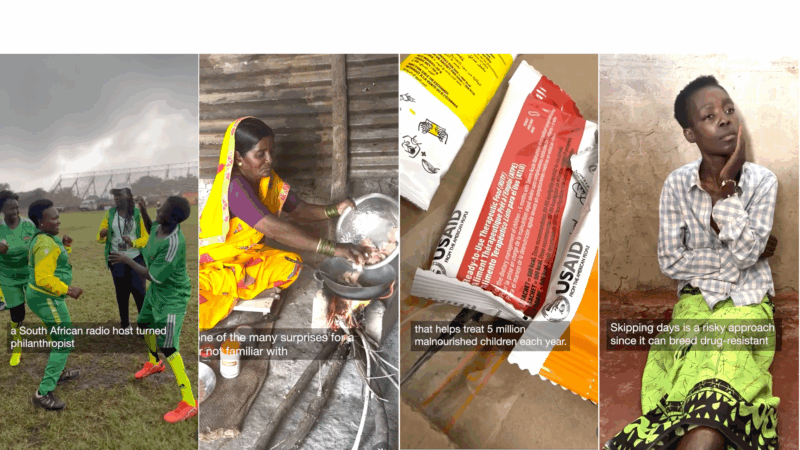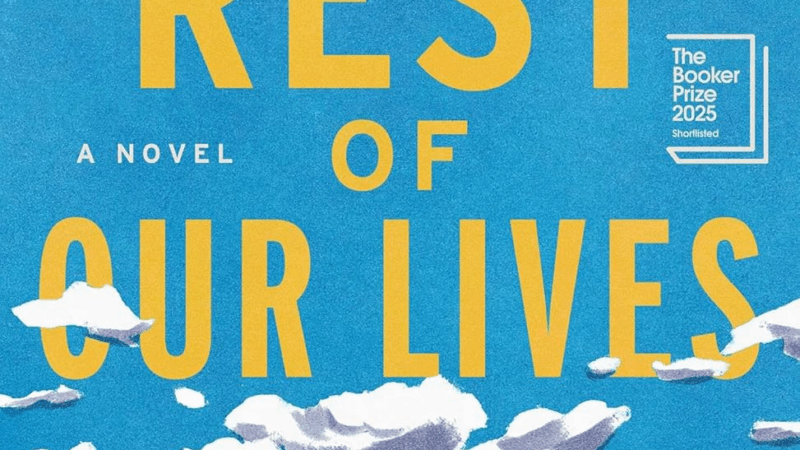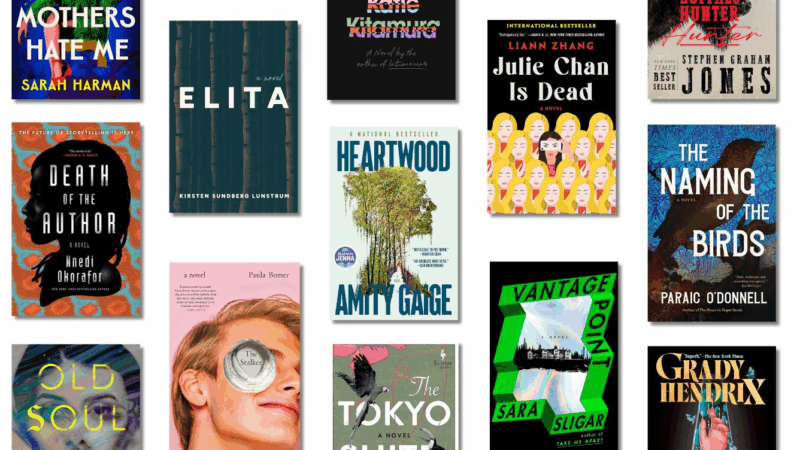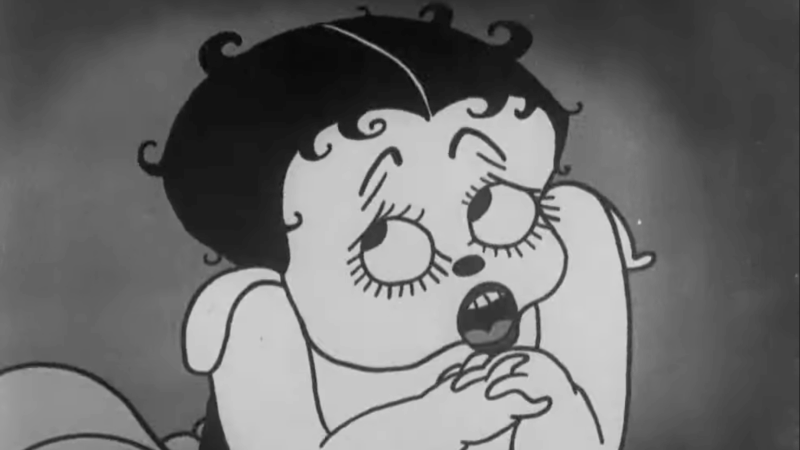A look at Indian American life highlights communities across the U.S.
In late 2024, photographer Kavya Krishna spent three months traveling across the country to photograph Indian American communities in states where she had personal connections for her project, “A Town in America.”
“I stayed with friends, family acquaintances and people I met along the way — each connection leading me to the next,” she said. “This leg of the project became a cross-country portrait shaped by both shared experience and regional nuance. What emerged was a story rooted in landscape, trust and a strong sense of connection. I hope to continue building on this work as the community itself continues to evolve.”
Krishna shared her experiences creating the project with NPR.



What inspired you to start this project?
This project began in my hometown in suburban central Massachusetts, where I started photographing my own family and the Indian American community I grew up around. As it evolved, I became interested in how Indian Americans across the country navigate assimilation, cultural preservation and belonging — especially in suburban spaces shaped by white flight and exclusion. The community occupies a unique position, balancing privilege and invisibility in environments that acknowledge their presence but often overlook their lived experience. Through domestic, cultural and civic moments, I aimed to document both the shared threads and regional differences that define Indian American life today. At its core, the project challenges monolithic portrayals and highlights the depth, complexity and pride within the community.
How long did you spend working on this series?
I spent three months at the end of 2024 traveling across the country for this project. The first half of the trip was packed with large-scale Hindu festivals and U.S. election-related events — places where people were gathering, organizing and celebrating. The second half was much quieter and gave me space to seek out more personal, intimate stories. That mix of energy and reflection really shaped the way the project came together.

What’s the story behind your favorite photo?
One of my favorite photos is of Kaira Uttam, a young player on the DreamCricket Dragons, holding up her bat after hitting the winning run of the match. I first met the team while photographing at DreamCricket Academy in New Jersey. When the coach mentioned they’d be heading to Virginia for a tournament — and I realized I’d be there too — I decided to follow them a bit longer. The girls were so fun and full of life, and I got completely invested in their games. When Kaira won the match, the whole team ran to her, screaming and celebrating. It was such an exciting moment, and getting to photograph both adolescence and sports in that setting was a highlight of the project.





What have you learned about photographing Indian American communities since you started this project?
Even as someone who grew up Indian American, working on this project revealed how expansive and nuanced the culture truly is. While I knew my own experiences, traveling across the country deepened my understanding of the subtle cultural differences and regional customs within the community. What surprised me most wasn’t just the diversity, but how willing people were to open their homes, share their stories and connect me to others. It reminded me that beyond the images, this project is about trust, generosity and the universal desire to be seen. No matter how different the landscapes or personal backgrounds were, there was always a common thread — people’s deep need to belong, to hold on to something meaningful and to find a space where they can be understood.



How do you envision this project evolving?
I hope to continue deepening my relationships with the people I’ve met and to keep finding new subjects along the way. The Indian American community is growing and evolving so quickly — it’s been incredible to witness just how much has changed since I first began this project in my hometown in 2020. What started as something local has expanded into something much bigger, and I’m excited to see how the work can grow alongside the community itself.



Top Instagram reels from Goats and Soda in 2025: Plumpy’Nut, aid cuts, soccer grannies
Our most-viewed Instagram videos include reports from a Rhode Island factory that makes special food for malnourished children and from a tournament for soccer-playing "grannies."
‘The Rest of Our Lives’ takes readers on a midlife crisis road trip
America's literary highways may be plenty crowded with middle-aged runaways fleeing lives that increasingly feel like a bad fit. But Ben Markovits adds a moving tale to the collection.
Hunker down with these 13 mysteries and thrillers from 2025
Mysteries and thrillers are enjoyable no matter the season, but there's something extra satisfying about curling up in the winter with a warm drink and an all-engrossing read. Here's what we suggest.
Should the U.S. model its vaccine policy on Denmark’s? Experts say we’re nothing alike
The Trump administration wants to revamp U.S. childhood vaccination recommendations to align with some other peer nations, including one tiny country in northern Europe.
Marijuana rescheduling would bring some immediate changes, but others will take time
President Trump set the process in motion to ease federal restrictions on marijuana. But his order doesn't automatically revoke laws targeting marijuana, which remains illegal to transport over state lines.
The cultural works becoming public domain in 2026, from Betty Boop to Nancy Drew
The original Betty Boop, the first four Nancy Drew books and Greta Garbo's first talkie are among the many works from 1930 that will be free to use, share and remake starting on Jan. 1.







